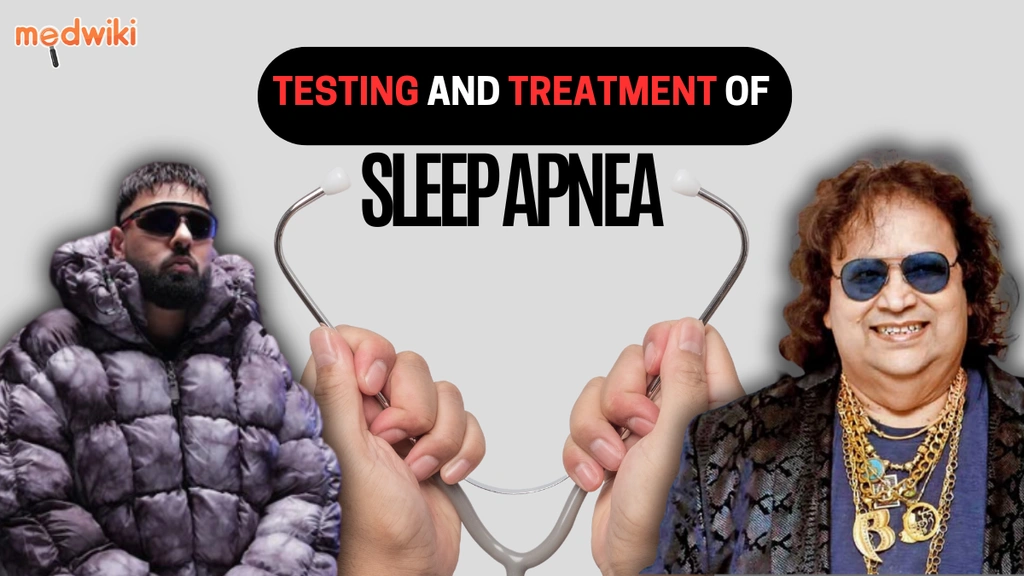LYOBLE INJECTION

LYOBLE INJECTION
Introduction to LYOBLE INJECTION
LYOBLE INJECTION can be used alone or in combination with other medications as part of combination therapy It should be administered by a healthcare professional and should not be selfadministered The appropriate dosage and frequency of administration will be determined by your doctor based on your specific condition It is important to follow your doctors instructions and not take more or less than prescribed as improper use can result in serious side effects While it may take several weeks or months to see or feel the benefits of the medication it is important not to stop taking it unless instructed by your doctor Consumption of alcohol should be avoided as it can increase the risk of liver damage Common side effects of LYOBLE INJECTION may include fever loss of appetite hair loss weight loss nausea inflammation of the lungs interstitial pneumonia shortness of breath or cough If these side effects persist or worsen it is important to inform your doctor There may be ways to prevent or reduce these symptoms This medication is very potent and some individuals may experience serious side effects It may also lower your ability to fight infections and lead to complications in the blood liver or kidneys Your doctor may request regular blood tests to monitor for these potential issues Before starting treatment with LYOBLE INJECTION inform your doctor if you have any stomach liver or kidney problems or if you are currently taking any medications to treat infections This medication can interact with many other drugs so it is important to disclose all medications you are currently using LYOBLE INJECTION is not recommended during pregnancy or while breastfeeding as it may harm the baby It is advised to use contraception for both partners for several months after treatment with LYOBLE INJECTION is completed Your doctor may conduct various tests such as blood tests Xrays and physical examinations before and during treatment to monitor your progress and any potential complications
Related Faqs
Disclaimer : This information is not a substitute for medical advice. Consult your healthcare provider before making any changes to your treatment . Do not ignore or delay professional medical advice based on anything you have seen or read on Medwiki.
LYOBLE INJECTION
Prescription Required
Packaging :
vial of 1 Injection
Manufacturer :
United Biotech Pvt LtdComposition :
Bleomycin (15IU)MRP :
₹682



















.svg)